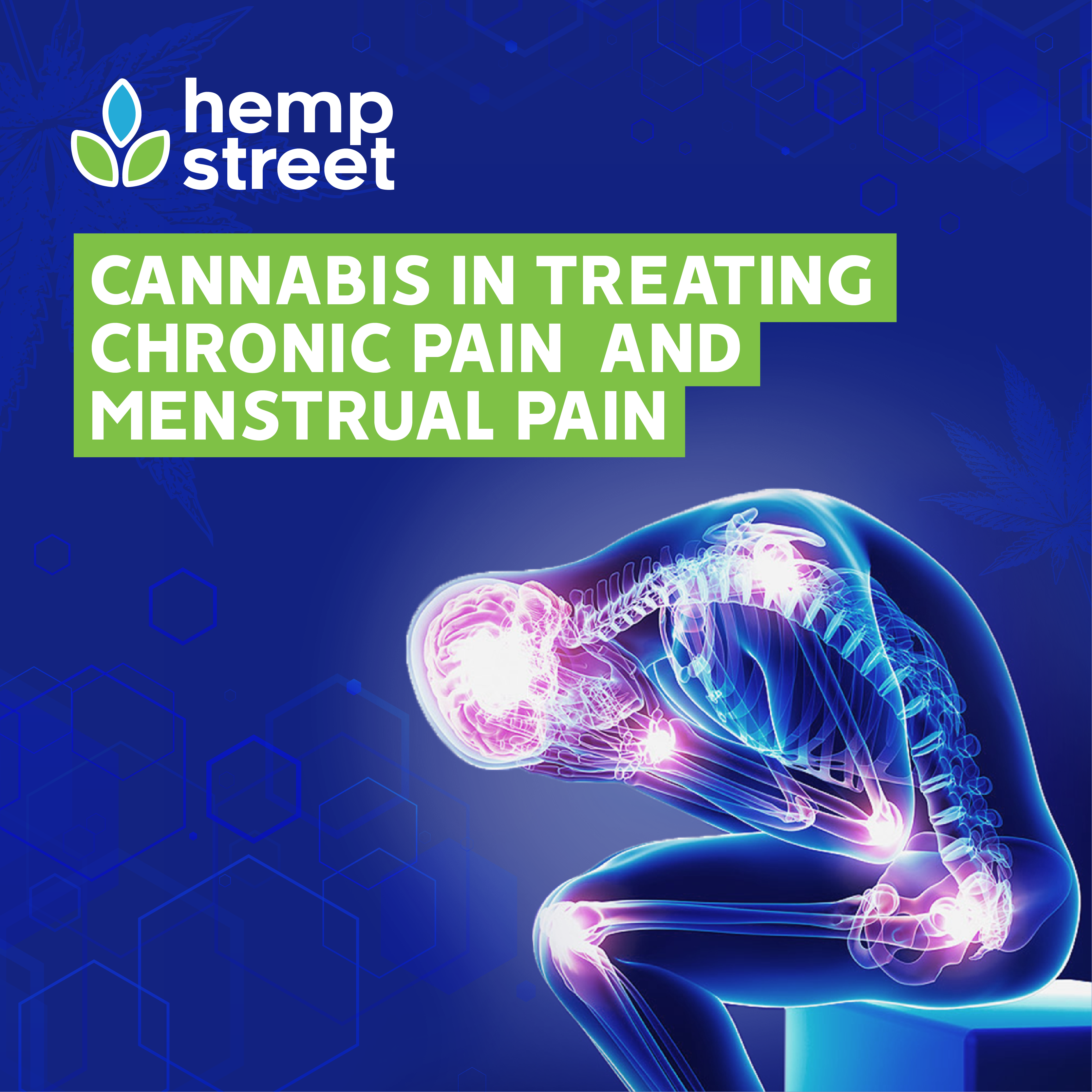Millions of people have intake of drugs in the form of medicines, but when it comes to cannabis, eyebrows are raised. Implication of this lies with cannabis, being treated as a stigma in this country. Medicinal cannabis in India, is still an unearthed treasury, in anticipation of recognition.
Cannabis in India, has always been associated with a sense a skepticism and delusion. Bringing out the truth about the credibility of medicinal cannabis and establishing its authenticity, although is a far-reaching consequence, however, is not impossible.
In November 2018, the Council of Scientific and Industrial Research’s Indian Institute of Integrative Medicine, an Indian government collaboration research body, released statements declaring the process of three natural cannabis-based drugs being produced to treat patients from suffering from diseases like cancer to relieve the chronic pain that cancer patients suffer from in the aftermath of their radiotherapy and chemotheraphy, seizures and epilepsy.
In September 2019, the Indian government, finally gave a green signal for cannabis research to be conducted in the country. In a country where breeding, holding and selling of cannabis is prohibited, such steps account for a major boost towards unearthing the benefits of medicinal cannabis.
What is Chronic Pain?
Chronic pain has several roots and they’re broadly categorized into neuropathic and nociceptive pain. While the source of neuropathic pain is the nervous system and is usually recursive, nociceptive pain, is the most prevalent form of pain, resulting from tissue injury, such as, cuts, fractures, etc. or the sporadic pain that one suffers from post-surgery.
Depending on whether the pain is neuropathic or nociceptive, the pain is either severe or mild, respectively. Chronic pain, is one such syndrome, whose medications and treatment depends on the severity of it. Pain killers, i.e, analgesics, are prescribed usually for mild pain but severe pain, that prevails for a period of time, strong opioids are used.
Opioid medication however comes with the physiological side effects such as nausea, sweating, excessive tension, etc. as well as with the threatening potential of it being addictive. Fatal overdose of opioids cause extreme complicacies.
How cannabis works to eliminate chronic pain
This is where medical cannabis comes into the picture. It is not possible to overdose on cannabis. Research has established that Cannabis’ primary constituents, THC and CBD, effectively contribute towards relieving chronic pain in patients of migraine and cancer. Cannabis is also found capable of healing tissue injuries.
THC, retaining semblance to the endocannabinoids produced within the body naturally, imitates it and activates the receptors in the brain. This leads to instigation of the brain’s reward system which downsizes the pain. THC also has warranted qualities and characteristics of that of analgesics, that work towards relieving the pain. U.S FDA, i.e, Food and Drug Administration approved, Dronabinol, a synthetic THC, is capable of producing lasting effects on decreasing pain.
Cannabis strains such as Cannabis Indica, Cannabis Sativa as well as hybrids have been linked with pain-relief ability. However, it has always been intimated that THC in cannabis, when consumed in any form, should be taken along with higher level of CBD in it, as CBD is known to moderate the side-effects of THC. CBD, through studies, is also found to have properties of that of analgesics.
It is also works as an anti-inflammatory cure. However, to minimalize the side-effects, it is important to understand the regulation of the ratio of THC and CBD in cannabis, that is being consumed for the purpose of chronic pain relief. This prevents the patient from getting addicted to cannabis. At the same time, it allows the patients to significantly reduce their opioid usage.
Cannabis and Period Pain
Cannabis being used to ease the pain of menstrual cramps, dates back to ancient times. Until recently the Queen of England, was advised to take cannabis to deal with her menstrual cramps. Reports state that New York is planning on adding dysmenorrhea, the official term for menstrual pain, to its list of medical ailments that have legal access to medical cannabis.
Such measures are primarily based on research evidence that female reproductive tract, especially the uterus and the lining of the uterus, have profusion of cannabinoid receptors. With cannabis intake, cannabis constituents bind to these receptors and they get activated, alleviating pelvic pain. Menstrual cramps are majorly catalyzed by inflammatory hormones, called prostaglandins.
As we have already read in the previous section about the anti-inflammatory benefits of cannabis, it also helps in reversing this effect of the hormones. These hormones also affect the nervous system in a manner, that it multiplies the pain felt in the body. Higher levels of these hormones lead to heavy contraction of the uterus, which causes intense pain.
Researchers across the world have discovered that CBD is successful in preventing the production of these hormones during menstruation. Added to this, is the advantage of THC in cannabis, which is known for its relaxing effect. Since cannabis is known to work on tissues, they activate receptors entrenched in the tissues leading to unlaxing of the muscle tissue contractions, that cause the pain.
Takeaway
At present, there is much scope for research into the effect of cannabis on women health issues. However, the journey has begun. Although, there has been anecdotal, case-studies and surveys based evidence, there is a lack of scientific evidence, when it comes to clarification and deeper understanding of how cannabis intake could contribute in repressing the pain, which women suffer from during their menstrual cycle.




